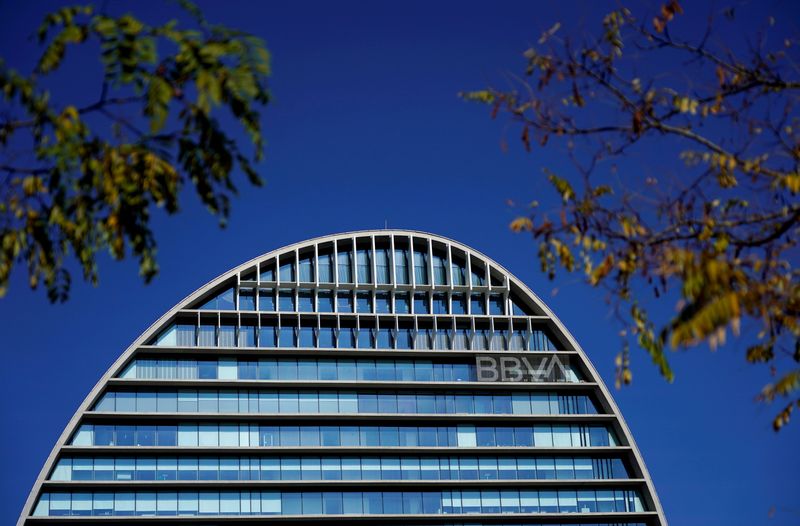German construction sector still in recession, civil engineering only bright spot
Investing.com -- Fitch Ratings has revised the outlook of Banco Bilbao (NYSE:BBVA) Vizcaya Argentaria S.A. (BBVA (BME:BBVA)) to positive from stable on February 11, 2025. The agency also confirmed BBVA’s Long-Term Issuer Default Rating (IDR) at ’BBB+’ and its Viability Rating (VR) at ’bbb+’.
The revised outlook is based on Fitch’s expectation that BBVA’s solid franchise and business model will lead to improved financial results, particularly in key markets like Spain. The agency anticipates strong recurring earnings and effective risk management in volatile markets.
BBVA’s ratings reflect its resilience across economic and interest-rate cycles, thanks to its geographical diversification and strong retail franchises. Key markets include Spain, Mexico, and Turkey, along with several South American countries. BBVA’s exposure to more volatile economies is mitigated by its risk management record and a preferred resolution strategy that limits contagion risks.
The bank’s retail focus supports manageable borrower concentration levels, which, along with effective risk controls, underpin its asset quality. Risks from BBVA’s substantial exposure to emerging markets, which make up slightly over 40% of loans as of the end of 2024, are well-controlled. The bank’s impaired loan ratio is expected to remain around 3.5% in 2025.
BBVA’s operating profit is estimated to have peaked at 3.9% of risk-weighted assets (RWAs) in 2024, and is expected to stabilize slightly above 3.5% in 2025-2026. Despite margin pressure and higher costs, growth in business volumes and higher fee income should partially offset these challenges.
The bank’s common equity Tier 1 (CET1) ratio is expected to gradually approach the upper end of its 11.5%-12% target. BBVA’s risk-weighted capital ratios are supported by regular profit generation, a strong leverage ratio, and sound capitalisation at subsidiaries.
BBVA also benefits from a solid funding profile, with a good loans/deposits ratio below 100% at the end of 2024. Its liquidity is sound and largely covers short- and long-term funding maturing within a year.
However, a downgrade could occur if BBVA’s fully loaded CET1 ratio falls materially below 12% for an extended period without credible plans to rebuild it. A material increase in risk appetite or a sharp deterioration in operating environments could also lead to a negative rating action.
An upgrade is likely if BBVA can maintain an operating profit sustainably above 3% of RWAs, with positive contributions from key geographies, while maintaining a CET1 ratio of at least 12%. Benefits from a potential merger with Banco de Sabadell, S.A. could also lead to an upgrade, provided the bank maintains sound capital and continues to benefit from its good franchise.
BBVA’s Government Support Rating (GSR) of ’no support’ reflects Fitch’s view that although external extraordinary government support is possible, it cannot be relied on. An upgrade of the GSR would be contingent on a positive change in the sovereign’s propensity to support the bank.
This article was generated with the support of AI and reviewed by an editor. For more information see our T&C.
